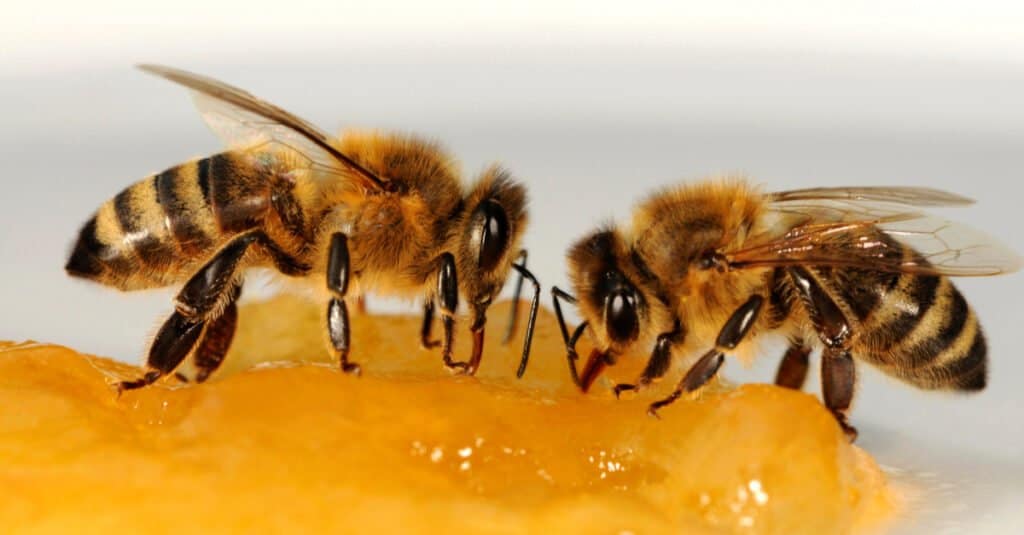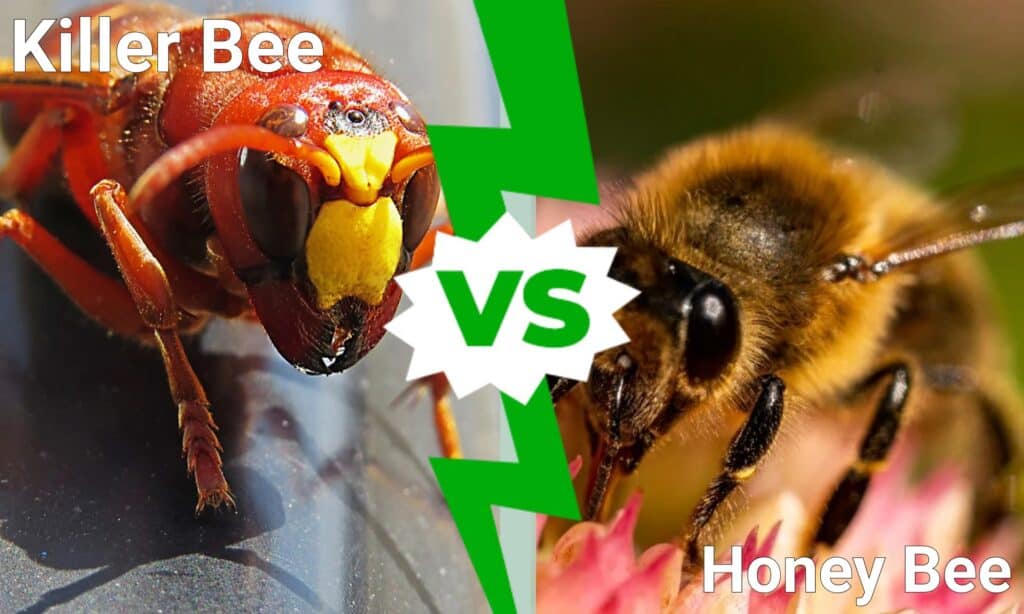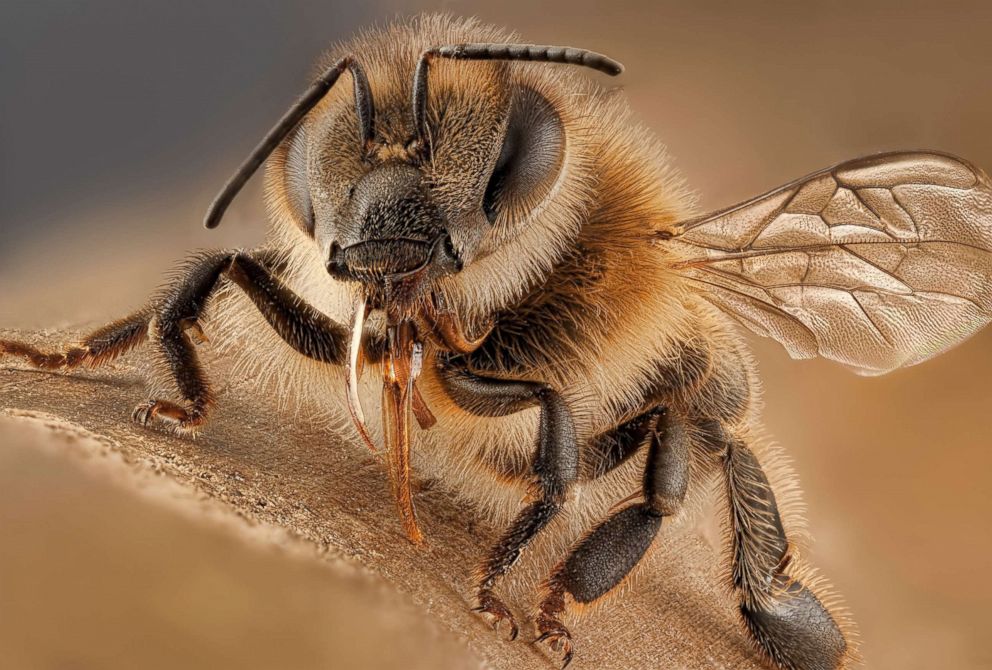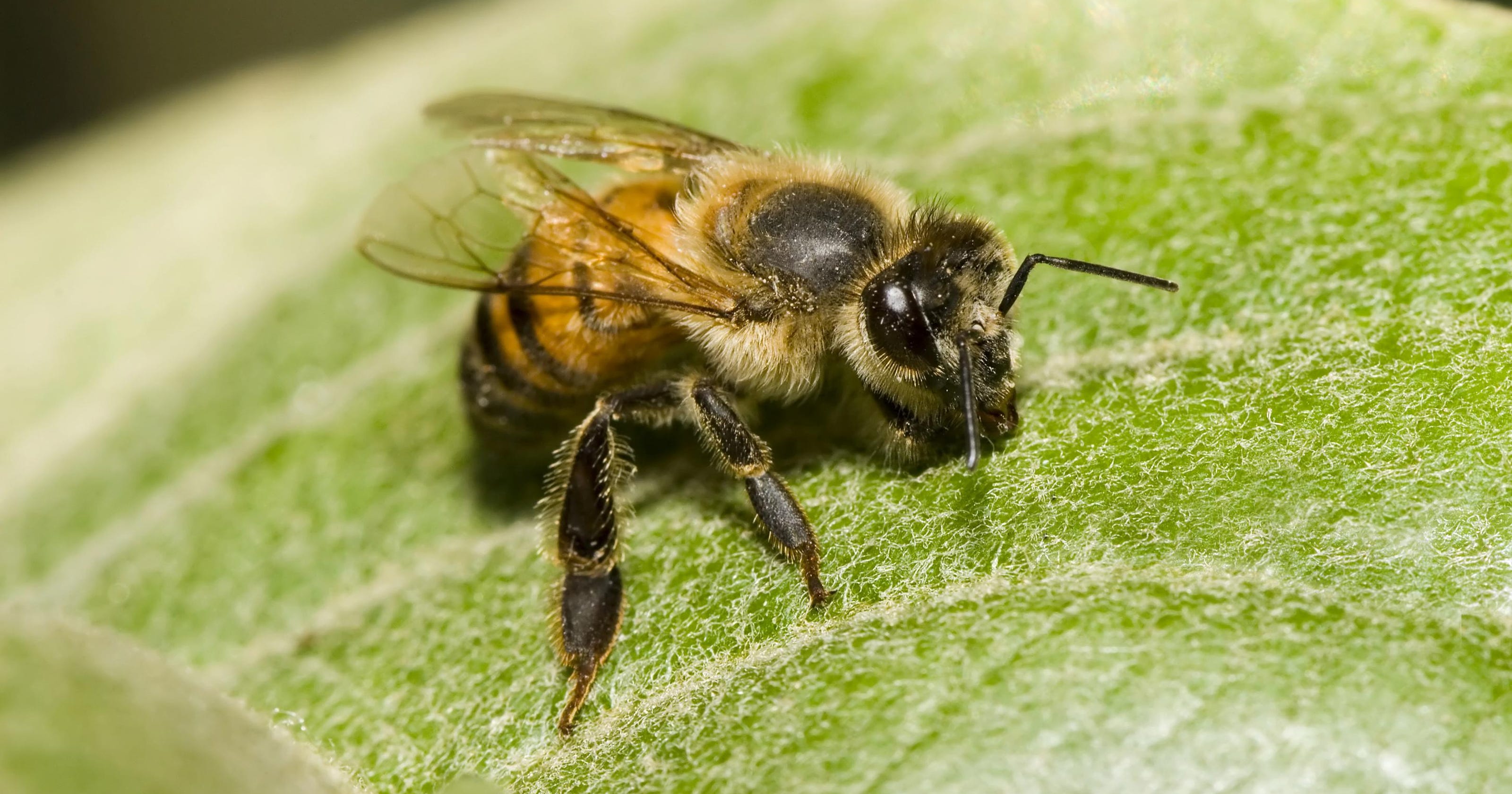How To Tell Killer Bees From Honey Bees In addition to honey bees according to the Utah Beekeepers Association many other types of bees live in Utah Also found are bumble bees yellow jackets wasps hornets and mud daubers
Characteristics Let s remember that we are still talking about honey bees Killer Bees will share many common honey bee characteristics that appear in other members of the species Apis mellifera Identification While most of us find it easy to identify honey bees you can not recognize Africanized Honey Bees AHB by sight They are just slightly smaller than their counterparts An African honey bee colony may include 2 000 soldier bees ready to defend and attack if a threat is perceived European honey bees typically have just 200 soldiers guarding the hive Killer bees also produce more drones which are the male bees that mate with new queens While both kinds of bees will protect the hive if attacked the intensity of the response is very different
How To Tell Killer Bees From Honey Bees
 How To Tell Killer Bees From Honey Bees
How To Tell Killer Bees From Honey Bees
https://beeseriousfl.com/wp-content/uploads/2018/05/difference-in-africanized-bees.jpg
When it comes to physical appearance African Killer Bees and Honey Bees display distinct differences One noticeable discrepancy lies in their body size and shape African Killer Bees also known as Africanized Honey Bees or killer bees tend to be slightly smaller compared to their counterparts
Templates are pre-designed documents or files that can be utilized for different purposes. They can save time and effort by offering a ready-made format and layout for producing different kinds of material. Templates can be used for individual or expert projects, such as resumes, invites, flyers, newsletters, reports, presentations, and more.
How To Tell Killer Bees From Honey Bees

Killer Bees Vs Honey Bees What s The Difference

Killer Bees Vs Honey Bees Difference

AFB Duo Real Time PCR Kit 100 Tests Dnature

Puerto Rico s Gentle Killer Bees Could Save The World s Honey

Killer Bees A Deadly Swarm Natural History Museum

Killer Bee Vs Honey Bee What Are The Differences IMP WORLD

https://beekeepinglikeagirl.com/how-to-tell-if-your-bees-are-africanized/
The honey super was SOOOOO full of honey that the the honey and brood fell right off the frame and onto the ground We made quite a mess and there was honey everywhere With 3 smokers lit the bees were still extremely aggresive they chased us for an hour and stung the neighbors and their dogs

https://www.westernexterminator.com/blog/stinging-pests/difference-killer-bees-honey-bees
The main differences between killer bees and honey bees are their size and that killer bees as their name suggests are more likely to sting when defending their hives than honey bees Every so often Africanized honey bees find their way into the news The story of so called killer bees makes for sensational headlines and gets a lot of

https://www.howtogettingridofbees.com/killer-bees-how-to-identify-and-get-rid-of-africanized-honey-bees/
The killer bees prefer to forage for food and water in small groups unlike the normal bees that swarm in large clusters Honey bees are attracted to sugary stuff like fruits and flowers Africanized bees spend a lot more time foraging for food than their European cousins they need that extra protein to maintain their population

https://www.pestworld.org/pest-guide/stinging-insects/africanized-killer-bees/
The Africanized bee is a hybrid species of the Western honey bee These so called killer bees were established when bees from southern Africa and local Brazilian honey bees mated The Africanized bee was first identified in Brazil in the 1950s but it quickly spread through Central and South America after a handful of swarms escaped

https://www.arrowexterminators.com/learning-center/pest-library/stinging/africanized-bees
Africanized killer bees differ from European honey bees in a multitude of ways Killer bees are more likely to swarm migrate when food supplies are low relocate their colonies when stressed display defensiveness when swarming guard hives aggressively live in underground cavities and deploy more bees to chase threats far from the hive than other honey bees
[desc-11] [desc-12]
[desc-13]